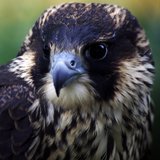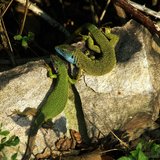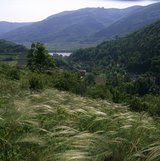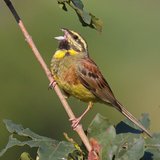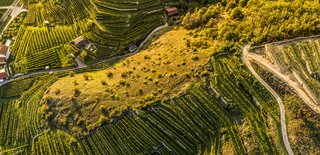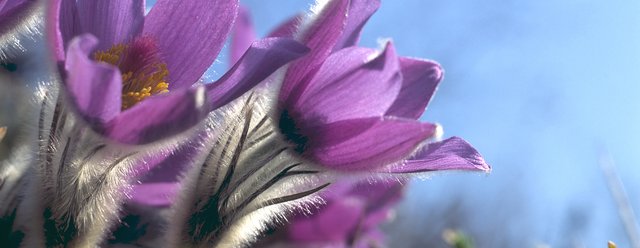
The Wachau has a unique geological, climatic and scenic diversity that is reflected in the vast species of flora and fauna.
The diverse habitats harbour 30 different species of orchids, including the slipper orchid and the Adriatic lizard orchid. Sightings of peregrine falcons, cirl buntings, black storks, owls, kingfishers, white-backed woodpeckers and hoopoes are common, while the bee-eater and the white-tailed eagle are frequent guests. The Danube salmon and the nase are among the more than 50 species of fish that thrive in the Danube’s tributaries as well as the river’s calm, protected shallow zones and main bed, which are habitats also for beavers and otters.
